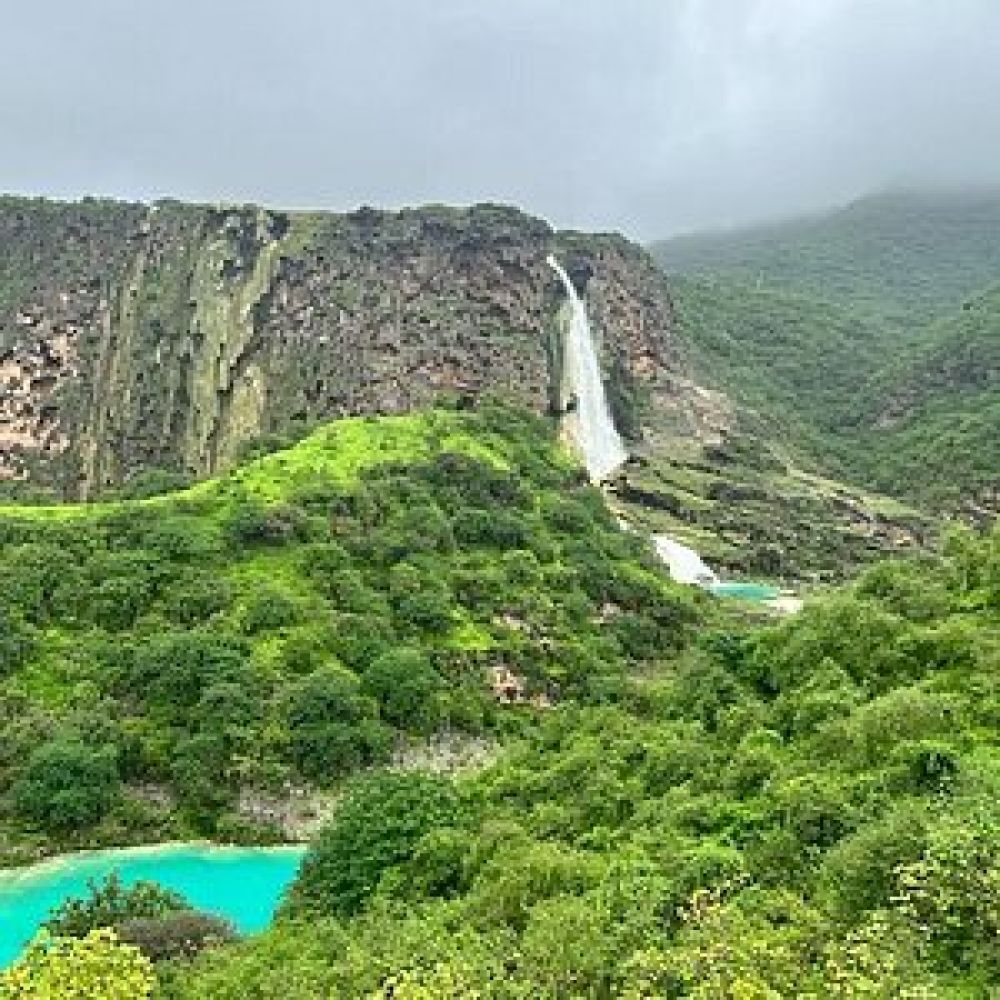

Wadi Darbat is one of the natural treasures in the Dhofar region of Oman, particularly in the city of Salalah. The area has long been a popular destination for locals and tourists alike, offering a unique combination of natural beauty, cultural experiences, and historical significance. The history of tourism in Wadi Darbat and Salalah is as rich and varied as the landscape itself.
The allure of Wadi Darbat has been known for centuries, with its lush greenery in stark contrast to the surrounding arid landscape. It has been a favored spot for picnics and relaxation for the people of Oman and surrounding regions. In recent times, the government of Oman recognized the potential of Wadi Darbat as a prime tourist location.
In the late 20th and early 21st centuries, efforts were made by the Omani authorities to promote Salalah and its wadis as key attractions. The Khareef Festival, which celebrates the monsoon season, plays a pivotal role in showcasing Wadi Darbat’s beauty. During this season, the typically arid region transforms into a verdant paradise, drawing in tourists from around the globe.
The development of infrastructure such as roads and visitor facilities has made Wadi Darbat more accessible. This, coupled with increasing international interest in Oman’s natural and cultural heritage, has bolstered tourism in the area.
One of the main attractions in Wadi Darbat is its natural waterfall and the streams that charm visitors. Additionally, the wadi is a sanctuary for a diverse range of wildlife and offers opportunities for bird watching and spotting other fauna.
Boating on the Wadi Darbat Lake is also a sought-after activity, especially during the Khareef season. The surrounding caves and mountains invite trekkers and adventure-lovers to explore the hidden wonders of the region.
Recent trends in tourism at Wadi Darbat include a shift towards sustainable and eco-friendly practices. The influx of visitors, especially during peak seasons, has led to the establishment of guidelines and measures to preserve the area's pristine condition.
There is also an increase in the significance of cultural tourism. Visitors show great interest in experiencing the local customs and traditions of the Dhofar region. Efforts to provide authentic cultural encounters, such as traditional meals and crafts demonstrations, are on the rise.
Adventure tourism is growing, with an emphasis on activities like hiking, mountain biking, and camping. This caters to a growing segment of tourists seeking off-the-beaten-path experiences and the thrill of outdoor exploration.
The future of tourism in Wadi Darbat looks promising as Oman continues to position itself as a destination for nature enthusiasts and cultural explorers. Continued investments in tourism infrastructure and a growing reputation as an exotic travel destination suggest that Wadi Darbat will remain a cherished jewel in Oman's tourism crown.
Recognition of the need for sustainable tourism is likely to shape the development of the area, ensuring that this breathtaking oasis can be enjoyed by generations to come, while preserving the natural beauty and cultural heritage that makes Wadi Darbat so special.